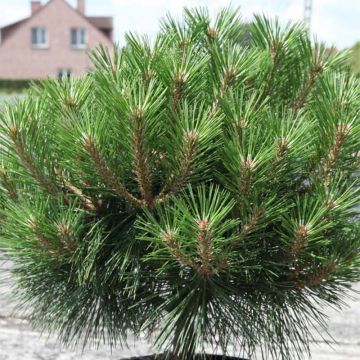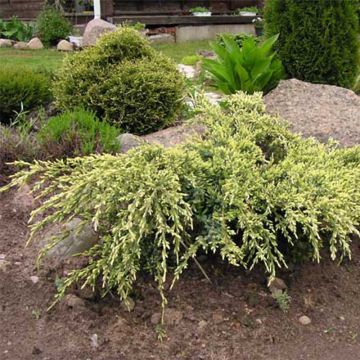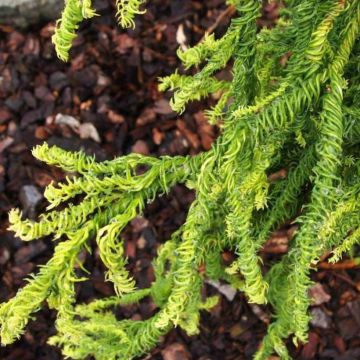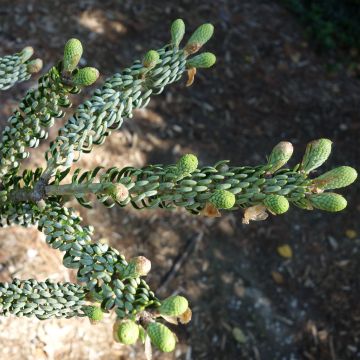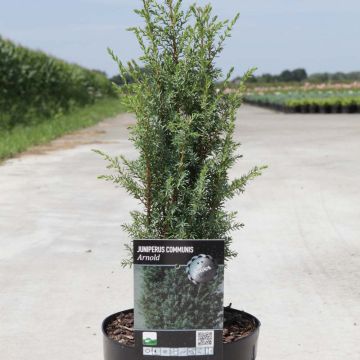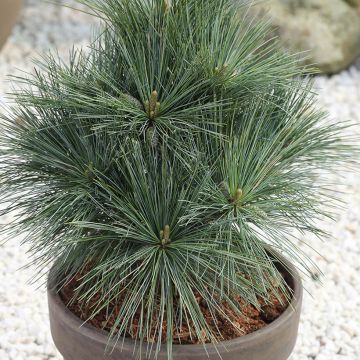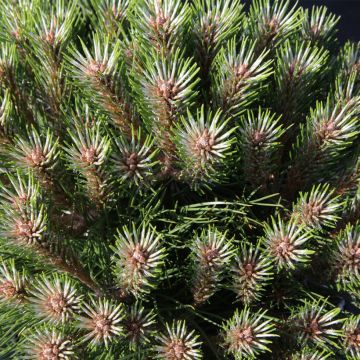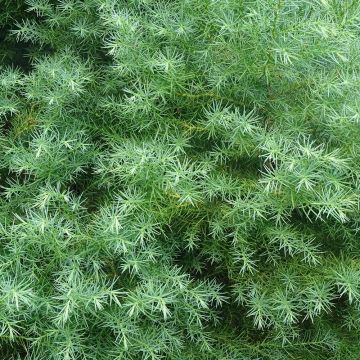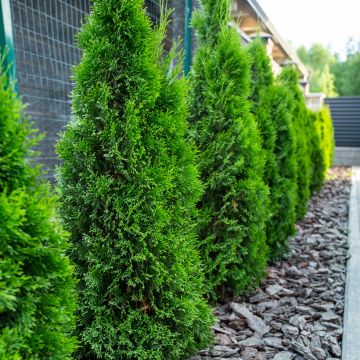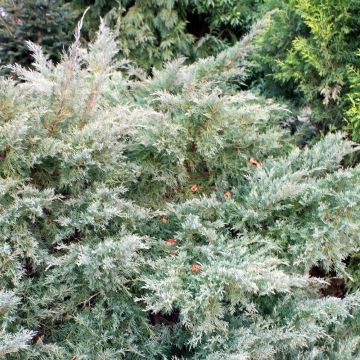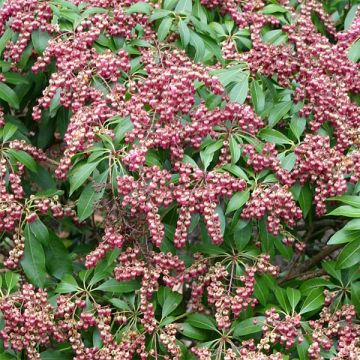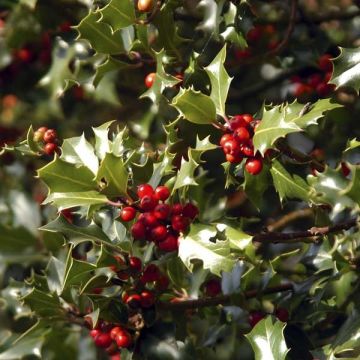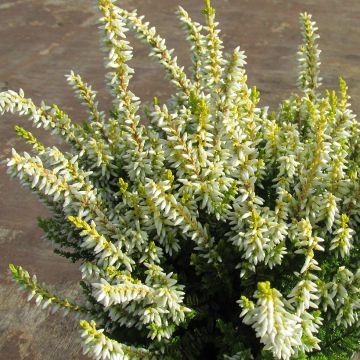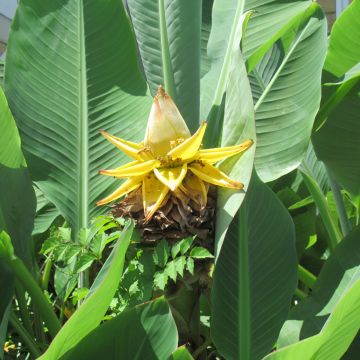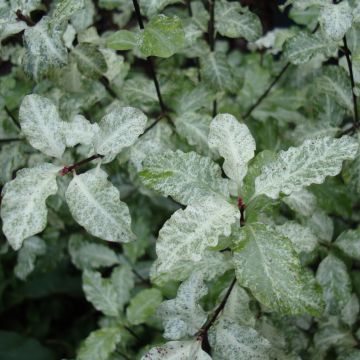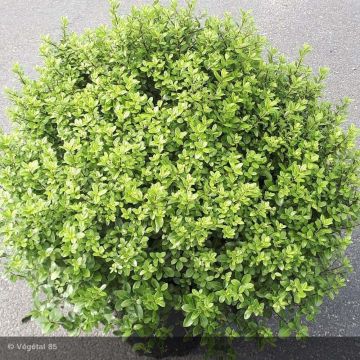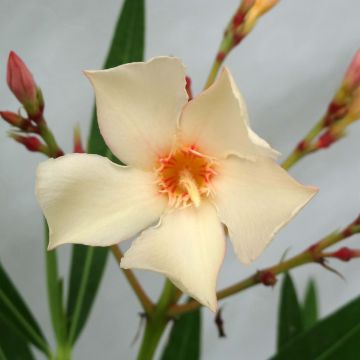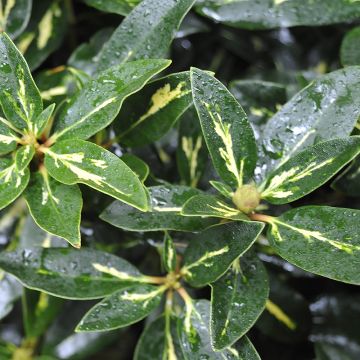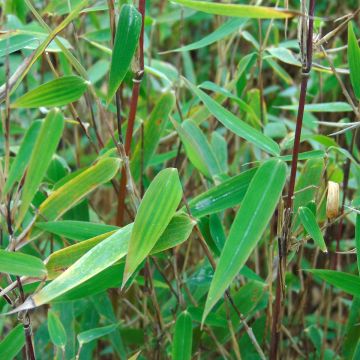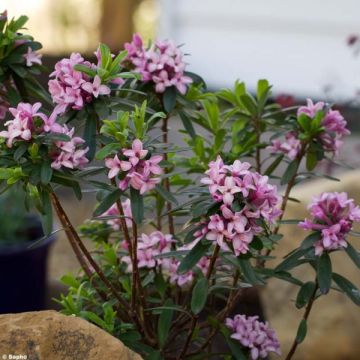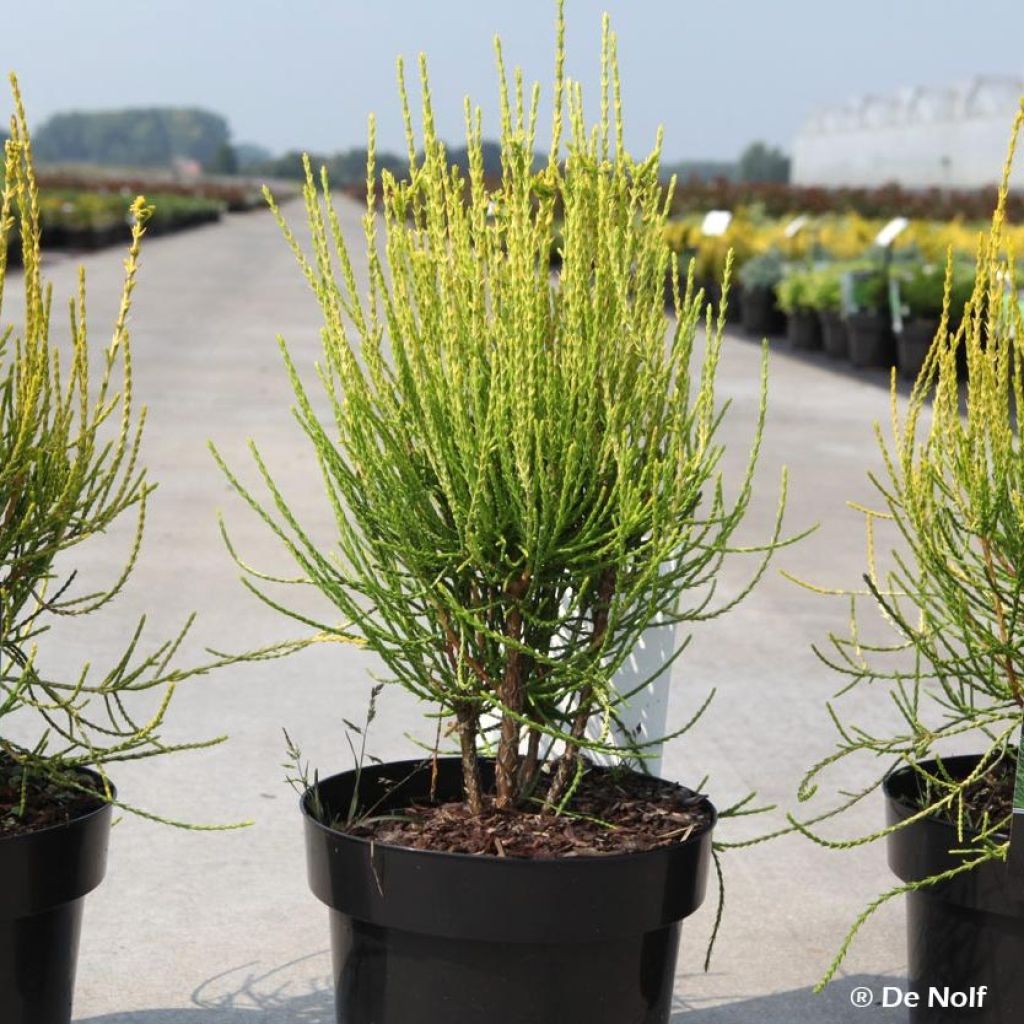

Platycladus orientalis Franky Boy
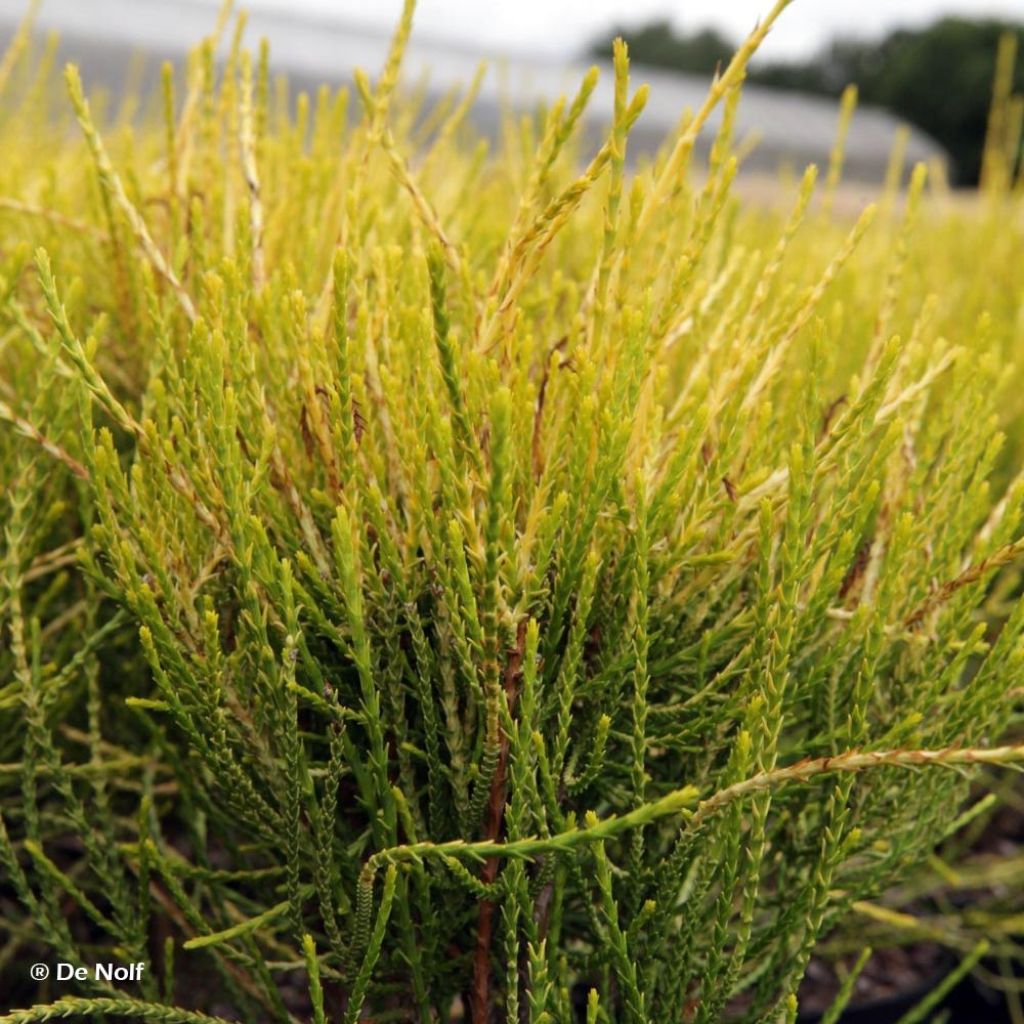

Platycladus orientalis Franky Boy
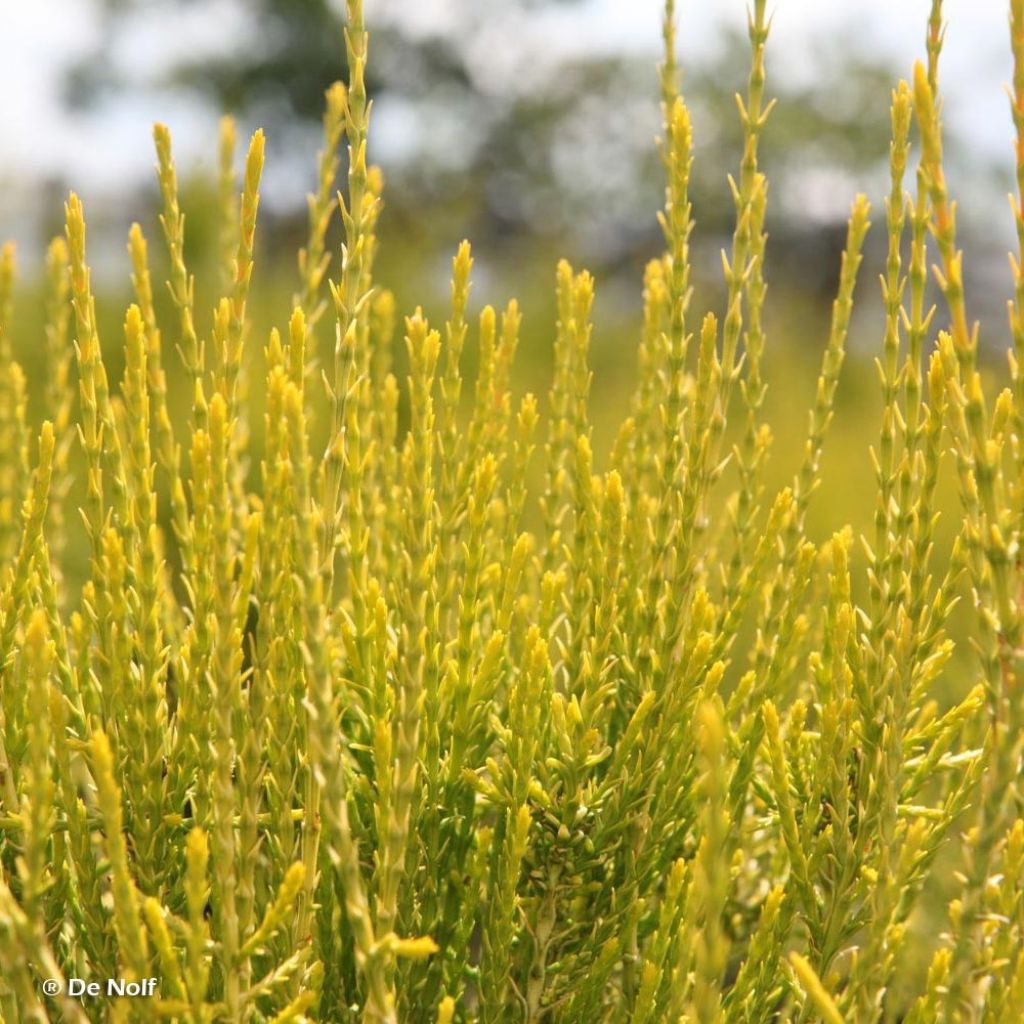

Platycladus orientalis Franky Boy
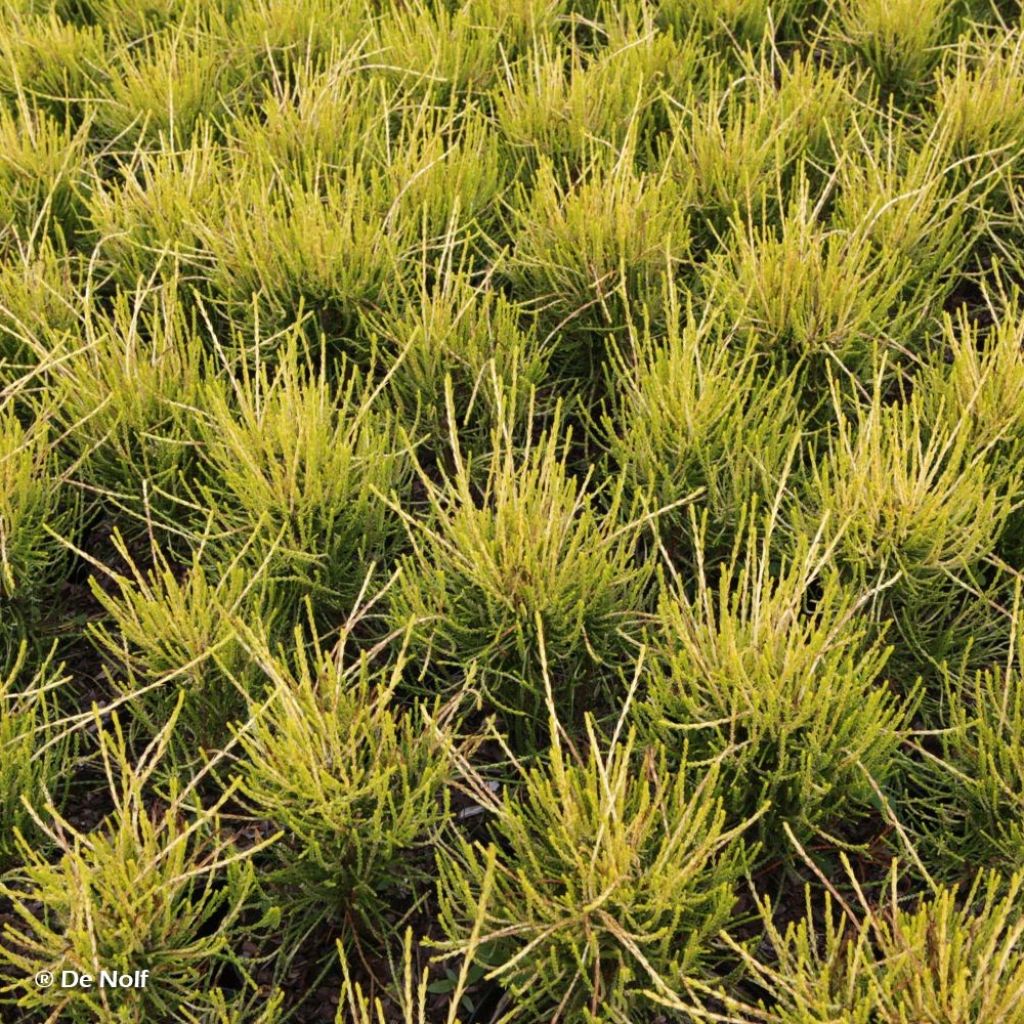

Platycladus orientalis Franky Boy
Platycladus orientalis Franky Boy
Platycladus orientalis Franky Boy
Oriental Arborvitae, Chinese Arborvitae, Biota
This item cannot be shipped to the selected country
Delivery charge from €5.90
Delivery charge from €5.90
More information
Schedule delivery date,
and select date in basket
This plant carries a 24 months recovery warranty
More information
We guarantee the quality of our plants for a full growing cycle, and will replace at our expense any plant that fails to recover under normal climatic and planting conditions.
From €5.90 for pickup delivery and €6.90 for home delivery
Express home delivery from €8.90.
From €5.90 for pickup delivery and €6.90 for home delivery
Express home delivery from €8.90.
Does this plant fit my garden?
Set up your Plantfit profile →
Description
Platycladus orientalis 'Franky Boy' is a very unique variety of Oriental arborvitae, with its fine linear foliage that stands erect, in a bright yellow-green colour, and its compact ball-shaped habit. This lovely evergreen conifer has a slow growth rate and small size. It can be integrated into various situations: in rock gardens, flower beds, or even in a large pot on the terrace. It is a hardy conifer that is not demanding in terms of soil type and tolerates pruning very well. It prefers a well-drained soil that is not too dry, and a sunny exposure.
Platycladus orientalis, also known as Biota orientalis or simply Chinese arborvitae, is sometimes called the Tree of Life due to its longevity and vigour. It is an evergreen conifer from the cypress family native to China, but also distributed from Iran to Japan. In its natural habitat, it reaches a height of 12 to 20 metres (39 feet 5 inches to 65 feet 7 inches), adopting a beautiful columnar to conical habit, well-branched, with spreading branches. It is a hardy species, well adapted to temperate climates and occasionally dry limestone soils. Its wood is used in Buddhist temples for construction, as well as burned as incense.
The 'Franky Boy' variety, highly appreciated, stands out for its small size, very compact habit in a spherical to ovoid bush shape, and its foliage that changes colour to golden. Its growth rate is slow, so it will reach a maximum height of 1 metre with a similar spread at maturity. This conifer has thread-like foliage that is aromatic when crushed. The young shoots are golden in spring and become yellow-green in summer. The ovoid cones are formed by 3 or 4 pairs of scales with recurved tips. The bark on its trunk is reddish-brown and longitudinally fissured.
The 'Franky Boy' Oriental arborvitae finds its place in a small garden, in a rock garden, planted near an entrance... It can also be planted in a beautiful container on the terrace or balcony. It pairs well with large stones and the geometric lines of pools, houses, and masonry structures. It can be associated with grasses, which are very complementary, or even with the indestructible Microbiota decussata, which has a similar autumn colour. The true graphic qualities of conifers naturally impose themselves in the design of a contemporary garden, which prefers the aesthetics of shapes, silhouettes, and textures over the dance of flowering. These plants, with their reassuring permanence, structurally and durably shape a flower bed, mark pathways, and border the terrace, easily substituting for the strong presence of trimmed boxwood or holly. The key is to play with volumes and colours.
Report an error about the product description
Platycladus orientalis Franky Boy in pictures
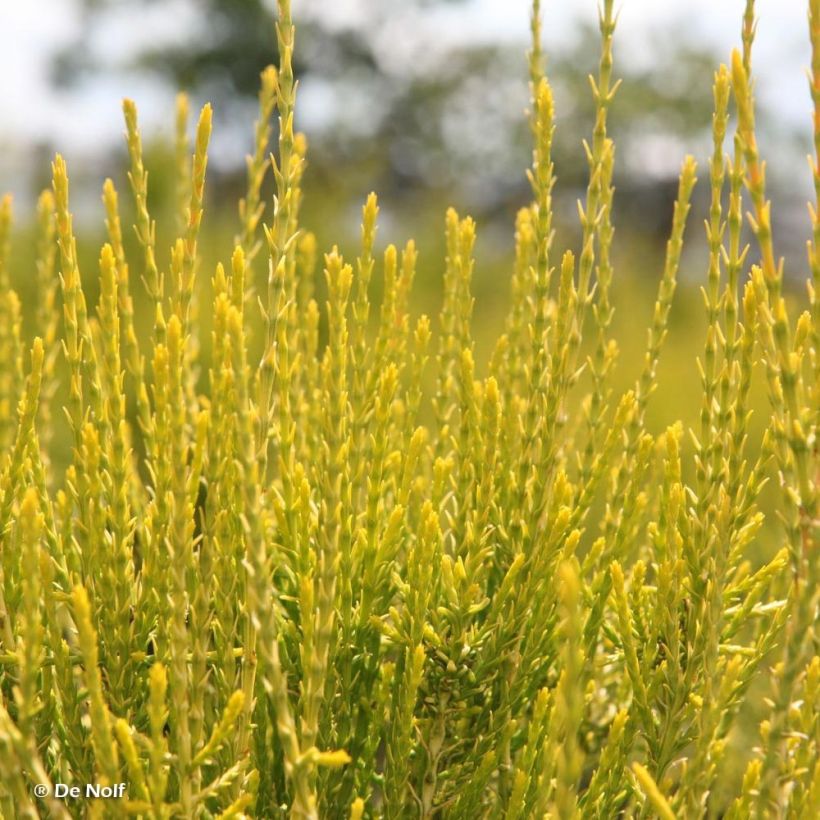

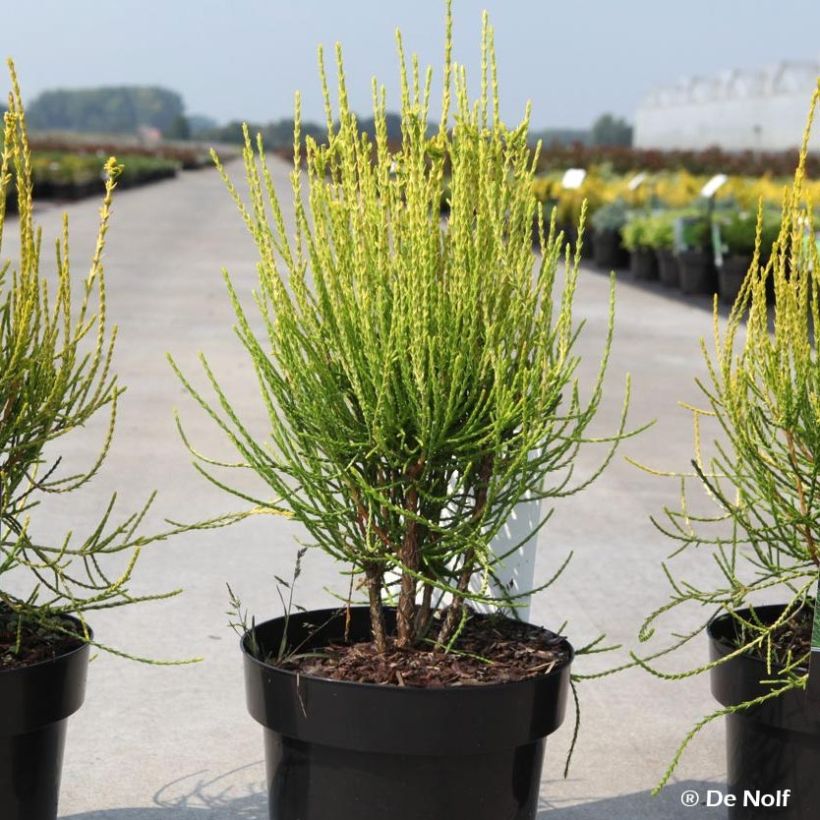

Plant habit
Flowering
Foliage
Botanical data
Platycladus
orientalis
Franky Boy
Cupressaceae
Oriental Arborvitae, Chinese Arborvitae, Biota
Cultivar or hybrid
Other Conifers A to Z
Planting and care
Platycladus orientalis 'Franky Boy' is planted from September to November and from February to June in deep, ordinary but loose and not too heavy soil, even limestone and occasionally dry in summer. It only fears scorching temperatures and prolonged drought. However, it requires a sunny or semi-shaded exposure to thrive. Soak the root balls well before planting. Optionally, add organic amendment to the planting hole and water generously in the first few years, and in case of prolonged drought. You can apply a special conifer fertilizer every year in April and cultivate the soil in summer. This hardy conifer (up to -15°C (5 °F) at least) is particularly suitable for pruning, even though its natural habit does not require it. If necessary, pruning should be light and only involve young branches. Indeed, old wood, devoid of foliage, does not regenerate.
Planting period
Intended location
Care
-
, onOrder confirmed
Reply from on Promesse de fleurs
Evergreen shrubs
Haven't found what you were looking for?
Hardiness is the lowest winter temperature a plant can endure without suffering serious damage or even dying. However, hardiness is affected by location (a sheltered area, such as a patio), protection (winter cover) and soil type (hardiness is improved by well-drained soil).

Photo Sharing Terms & Conditions
In order to encourage gardeners to interact and share their experiences, Promesse de fleurs offers various media enabling content to be uploaded onto its Site - in particular via the ‘Photo sharing’ module.
The User agrees to refrain from:
- Posting any content that is illegal, prejudicial, insulting, racist, inciteful to hatred, revisionist, contrary to public decency, that infringes on privacy or on the privacy rights of third parties, in particular the publicity rights of persons and goods, intellectual property rights, or the right to privacy.
- Submitting content on behalf of a third party;
- Impersonate the identity of a third party and/or publish any personal information about a third party;
In general, the User undertakes to refrain from any unethical behaviour.
All Content (in particular text, comments, files, images, photos, videos, creative works, etc.), which may be subject to property or intellectual property rights, image or other private rights, shall remain the property of the User, subject to the limited rights granted by the terms of the licence granted by Promesse de fleurs as stated below. Users are at liberty to publish or not to publish such Content on the Site, notably via the ‘Photo Sharing’ facility, and accept that this Content shall be made public and freely accessible, notably on the Internet.
Users further acknowledge, undertake to have ,and guarantee that they hold all necessary rights and permissions to publish such material on the Site, in particular with regard to the legislation in force pertaining to any privacy, property, intellectual property, image, or contractual rights, or rights of any other nature. By publishing such Content on the Site, Users acknowledge accepting full liability as publishers of the Content within the meaning of the law, and grant Promesse de fleurs, free of charge, an inclusive, worldwide licence for the said Content for the entire duration of its publication, including all reproduction, representation, up/downloading, displaying, performing, transmission, and storage rights.
Users also grant permission for their name to be linked to the Content and accept that this link may not always be made available.
By engaging in posting material, Users consent to their Content becoming automatically accessible on the Internet, in particular on other sites and/or blogs and/or web pages of the Promesse de fleurs site, including in particular social pages and the Promesse de fleurs catalogue.
Users may secure the removal of entrusted content free of charge by issuing a simple request via our contact form.
The flowering period indicated on our website applies to countries and regions located in USDA zone 8 (France, the United Kingdom, Ireland, the Netherlands, etc.)
It will vary according to where you live:
- In zones 9 to 10 (Italy, Spain, Greece, etc.), flowering will occur about 2 to 4 weeks earlier.
- In zones 6 to 7 (Germany, Poland, Slovenia, and lower mountainous regions), flowering will be delayed by 2 to 3 weeks.
- In zone 5 (Central Europe, Scandinavia), blooming will be delayed by 3 to 5 weeks.
In temperate climates, pruning of spring-flowering shrubs (forsythia, spireas, etc.) should be done just after flowering.
Pruning of summer-flowering shrubs (Indian Lilac, Perovskia, etc.) can be done in winter or spring.
In cold regions as well as with frost-sensitive plants, avoid pruning too early when severe frosts may still occur.
The planting period indicated on our website applies to countries and regions located in USDA zone 8 (France, United Kingdom, Ireland, Netherlands).
It will vary according to where you live:
- In Mediterranean zones (Marseille, Madrid, Milan, etc.), autumn and winter are the best planting periods.
- In continental zones (Strasbourg, Munich, Vienna, etc.), delay planting by 2 to 3 weeks in spring and bring it forward by 2 to 4 weeks in autumn.
- In mountainous regions (the Alps, Pyrenees, Carpathians, etc.), it is best to plant in late spring (May-June) or late summer (August-September).
The harvesting period indicated on our website applies to countries and regions in USDA zone 8 (France, England, Ireland, the Netherlands).
In colder areas (Scandinavia, Poland, Austria...) fruit and vegetable harvests are likely to be delayed by 3-4 weeks.
In warmer areas (Italy, Spain, Greece, etc.), harvesting will probably take place earlier, depending on weather conditions.
The sowing periods indicated on our website apply to countries and regions within USDA Zone 8 (France, UK, Ireland, Netherlands).
In colder areas (Scandinavia, Poland, Austria...), delay any outdoor sowing by 3-4 weeks, or sow under glass.
In warmer climes (Italy, Spain, Greece, etc.), bring outdoor sowing forward by a few weeks.

































